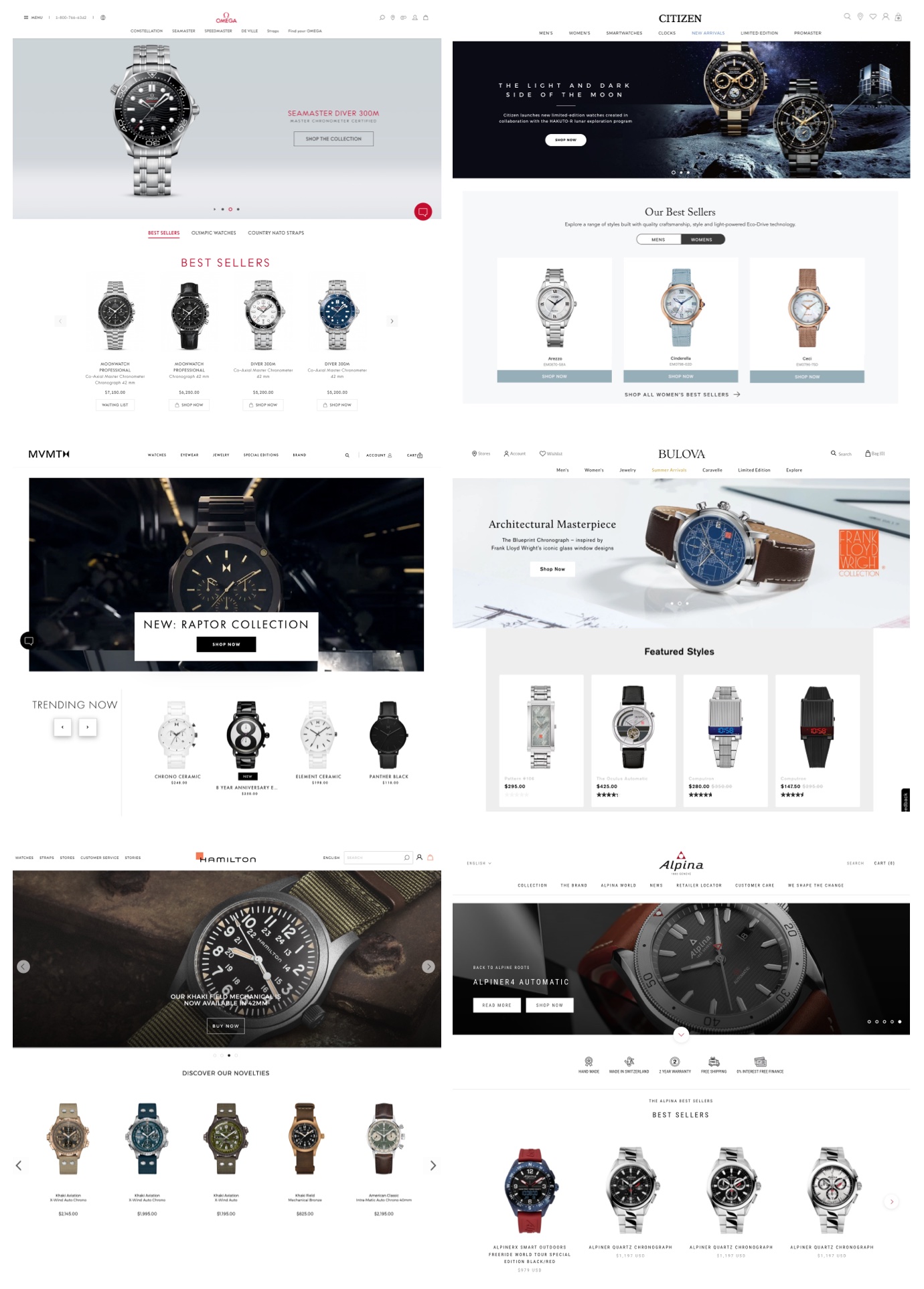
When it comes to taking risks, we’re wired to believe in the saying “there’s safety in numbers”. In other words, if we’re surrounded by others doing the same thing, literally or figuratively, we believe nothing bad is likely to happen to us.
Unfortunately, this line of thinking often gets applied to brands as well.
In an effort to appeal to what their target customers are familiar with, brands mimic their competitors.
This leads to industries that become seas of sameness:
- Same messages
- Same value props
- Same tone
- Same imagery
- Same identity
And while a safety-in-numbers approach may avoid the problem of customers dismissing your brand, it’s likely to lead to an even worse outcome — being totally forgettable.
Creating a unique brand position and intentionally leaning into differentiation is critical to rise above the noise.
This is the exact strategy that one of the fastest growing companies in the world, Gong, did. Founded in 2015, Gong’s focus is on improving the sales lifecycle with better data and AI. They’ve since grown to over 550 employees and a valuation of $7.25 Billion.
From day one, their brand strategy centered around skewing away from the pack.
Gong’s CMO, Udi Ledergor, said in an interview with Refine Labs:
“If there are two words we hate, it’s ‘best practices’. When something makes it to the realm of best practices, it’s because everyone is doing it. By then it’s not a best practice, it’s an ordinary practice. If you do ordinary stuff, you’ll get ordinary results.”
To help Gong’s brand stand out, Udi and his team looked at all their competitors to find gaps in the marketplace. Every decision from their bold colors, to imagery focused on people, to how they present their product focused on setting their brand apart.
The goals of this work are very simple:
- Make your position clear
- Make your communication memorable
But before we tease apart competitive positioning, let’s take a quick look at why differentiation helps customers remember your brand.
Why Our Brains Remember Difference

In order to make decisions and navigate the world, our brains store memories of our experiences.
Every time we come across something new, it gets compared against what we already know.
- Does this piece of information provide something new and useful?
- Will it help us at some point down the road?
- Is it worth holding onto, or is it similar enough to info we already have to let it slide by?
It’s not difficult to see then how consuming lots of repetitive information from competing brands would keep any of it from sticking. Our brains lump it all into the “what we already know” bucket.
On the other hand, when new information violates our expectations on some level it tends to stick with us.
To improve the odds of creating a memory that sticks, we can focus on three reactions we’d want to invoke:
- Stop: Can you get the person’s attention? Does the information stand out in some way?
- Question: Is there something novel about the content? Is it a new twist on something familiar?
- Feel: Does it trigger an emotional response? Does it surprise, delight, or connect to them on a personal level?
Tapping into these reactions can help customers connect with and remember your brand.
Find The Areas Where Your Brand Can Differentiate
To find the areas where your brand can create separation, we need to understand what customers value in a brand.
One of our favorite tools for this is The Elements of Value. This is a handy framework for breaking down the specific factors customers consider when making a purchase.

On the flip side, your brand can use it to identify where you provide distinct value to differentiate from the competition.
This framework is helpful for two reasons:
- It clarifies the different tiers of value that brands provide from functional, to emotional, to aspirational
- It makes it easier to identify the specific elements where your brand stands out
To see this in action, we can look at an example industry.
Brand Example: Watches…A Sea Of Sameness
To help understand what a marketing landscape filled with sameness looks like, the watch industry is a perfect example.
The images below are from six watch brand homepages: Omega, Citizen, MVMT, Bulova, Hamilton, and Alpina:

Despite the range of price points (~$7000 down to ~$100), styles, and quality levels, there’s almost no variance in how the brands present themselves.
In terms of the Elements of Value, they all focus on:
- Design / Aesthetics
- Attractiveness
- Variety
- Badge Value
- Quality
As a side effect, this repetitive style also puts intense focus on price point.
For a budget brand like MVMT, hitting on the Reduces Cost element is part of their positioning. But for premium brands like Omega and Alpina, who seek to emphasize quality, this price-focus may work against them as it pulls attention from any higher level elements they provide.
Beyond any one specific element, the bigger point is that all of these brands are playing the safety-in-numbers game.
None of them show an ability to articulate their differentiation through key brand components:
- Messages: all very minimal and functional (i.e. focused on product names)
- Value Props: all emphasize design and style, some include technical detail
- Tone: all come across as very dry, cold, and impersonal (i.e. classic premium vibe)
- Imagery: all focus on the watches with little to no human connection
- Identity: all lean into ultra modern, clean, sterile, black/white/gray design styles
The takeaway here is that a homogenous landscape like this represents a big opportunity for a brand to stand out with a different approach.
Looking at these examples, a brand could skew in the opposite direction:
- Story: Speak on an emotional level with stories about the product
- People: Focus in on the human beings that benefit from the brand
- Warm: Rather than sterile and distant, embrace creating connections through images, words, and color
- Organic: Explore visual presentation that breaks out of the clean boxes
- Transcendent: Elevate the brand to speak to higher level aspirational benefits (i.e. giving back, sustainability, etc.)
Combining these things would go a long way in creating a brand experience that catches a customer’s attention, feels novel, and strikes an emotional chord.
In other words, it would create something memorable.
Exercise: Find The Positioning Opportunities In Your Marketplace

Even if your industry isn’t as one-note as watches, there are bound to be positioning trends your brand can break.
A quick competitive landscape exercise:
- Open up at least 5 websites from your competitors in a browser
- Spend about 60 seconds going through each one in succession
- Now, go to your own website
Can you remember anything specific about each one? What similarities do they all share? Is your brand pretty much the same as the others? Is there anything memorable about your position or communication?
That’s the same process your customers experience when they’re considering their options.
It’s your job is to make sure:
- They immediately understand what makes you unique
- They have a reason to remember your brand
With careful evaluation of the landscape and getting specific with the Elements of Value, you’ll discover lots of new ways to set your brand apart and create a stronger competitive position to get customers to remember you.

Get Help Creating A Strong Brand Position
If you’re ready to build stronger connections with your customers, reach out for a free consultation. We’ll help you transform your best business thinking into an actionable, shareable, growth-oriented guide. Click below to learn more about the Brand Guidebook process.

